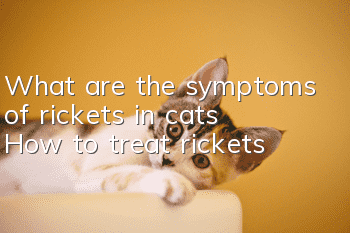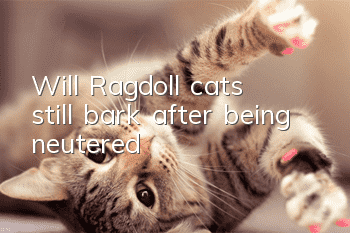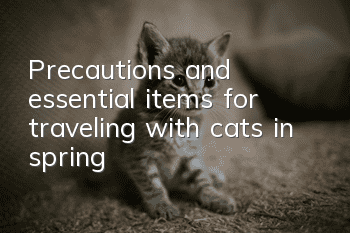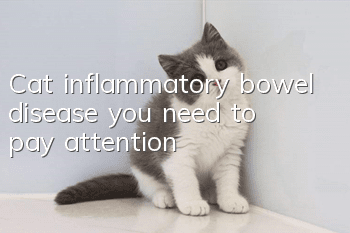What are the symptoms of rickets in cats? How to treat rickets

What are the causes of rickets in cats
Rickets mostly affects cats between 3 months and 1 year old. They usually have corresponding symptoms such as back arching and body pain. And winter is the season when the disease is prone to occur, so owners need to pay special attention to prevent cats from contracting the disease. First, let’s understand what are the causes of the disease.
The main cause of this disease is a lack of calcium or phosphorus in kittens, or an improper ratio. It may also be a metabolic disease that causes incomplete calcification, softness and deformation of bone tissue due to lack of vitamin D.
Long-term eating of liver is also the cause of this disease, because the liver is rich in vitamin A, which will inhibit the absorption of calcium. If your pet takes liver as its main food, please stop feeding liver as soon as possible and switch to cat food. Grain, comprehensive nutrition and convenient and trouble-free.
What are the symptoms of rickets in cats
The lack of vitamin D is one of the main causes of rickets. Insufficient light will also increase the chance of cats suffering from this disease. Therefore, owners cannot ignore the importance of sunlight to cats. Regarding the manifestations of rickets in cats, we Let me also explain.
In the early stage, there is loss of appetite, indigestion, heterophilia, gradual weight loss, and slow growth. Later symptoms include swelling and deformation of joints, bending of long bones, "X" or "0" shaped legs, and bead-like swelling at the junction of ribs and costal cartilage. Lameness or lying on the ground occurs. It can cause the lumbar spine to sag, compress the rectum, cause constipation, and easily injure the waist when jumping. If the lumbar depression compresses the rectum and causes difficulty in defecation, death can result.
How to treat rickets in cats
The cause of rickets in cats is mainly due to calcium deficiency and imbalance of calcium to phosphorus ratio, which leads to chondroossification disorder, which is a nutritional bone disease. Clinically, it is characterized by growth retardation, cartilage hypertrophy and epiphyseal swelling, which has a relatively adverse impact on cats and must be treated in time.
1. Intramuscular injection of vidin gum calcium injection 0.05-0.1 mg/kg body weight, once a day, for 5-7 days.
2. Take 70 units of vitamin D orally once a day for 7 days.
3. Calcium carbonate, 1 to 2 grams/time, once a day, for 5 to 7 days, taken orally.
4. Bone meal or shell meal, 1.5 to 3 grams/day, mixed with ingredients.
5. Let the kitten bask in the sun frequently, and ensure that the diet contains 50 to 100 units of vitamin D. The appropriate ratio of calcium to phosphorus is 1:0.9 to 1.1.
- Tips for removing cat tear stains
- Can 3-month-old kittens drink yogurt?
- Things to note when raising kittens
- Why is my new kitten meowing all the time?
- What to do if a cat vomits hairballs
- What precautions should be taken when feeding chicken breast to cats?
- What is the personality of a boy who likes cats?
- What should I do if my cat hides under the bed and won’t come out?
- How do novices feed golden cats?
- What flowers can poison cats?



